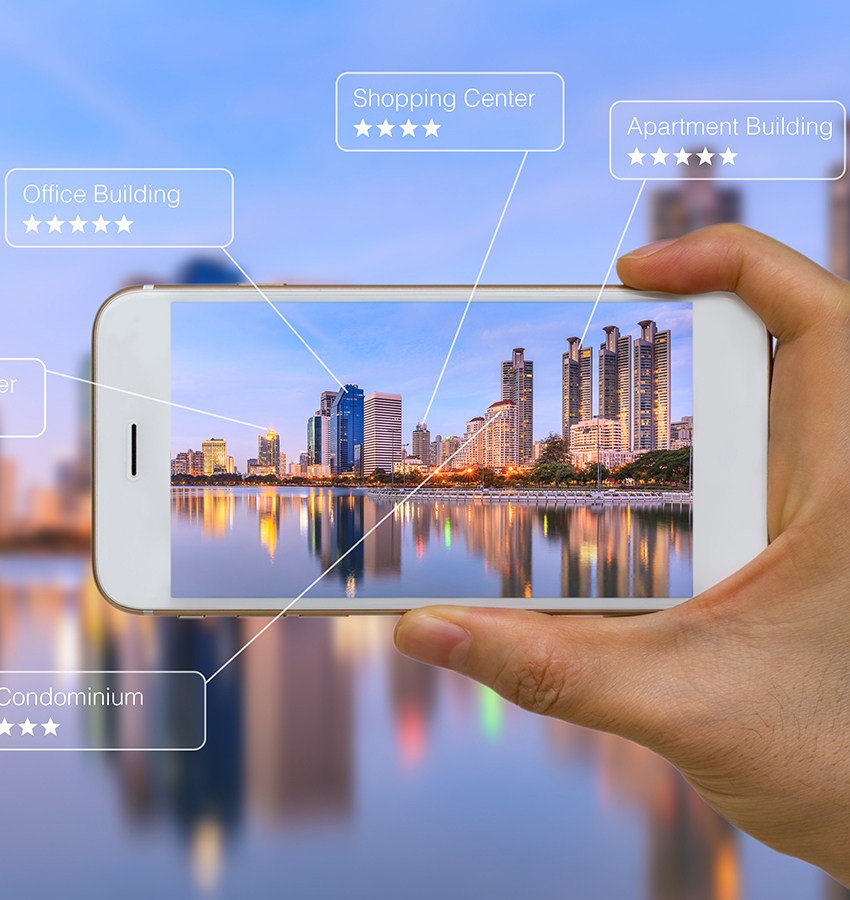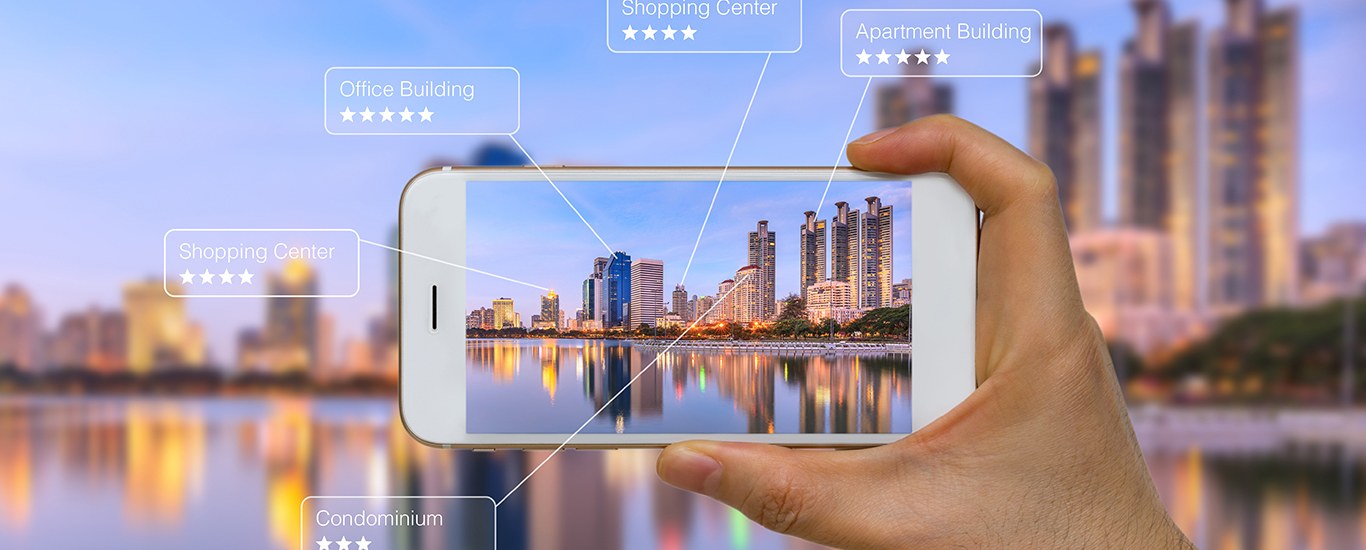
Augmented Reality is here, it is quite mature, and it is accessible over smartphones- for any technology today. These three factors determine whether the technology is ready for commercial use or not. Augmented Reality (or “AR”) creates rich, interactive, and immersive experiences Lets see Digital Activations Through AR. This increase engagement in games, retail experiences, education, and elsewhere. Any platform that creates high engagement is gold for retailers who need to engage prospective customers just long enough to transmit their message completely. Without which they cannot convert customers.
Retailers have created new AR experiences to achieve brand activation. Some experiences are conventional methods adapted to the digital space. Others are newly created for AR platforms and create entirely new experiences for users.
Below we see three growing areas for retailers to achieve digital activations through AR:
Virtual Trials
Virtual product trial experiences are cool, really smart digital versions of the classic shopping experience. In the current pandemic environment and the post-pandemic future. AR also enables one of the most engaging, affordable ways to recover and replace some of the lost revenue due to social distancing and reduced footfall in physical stores. Beyond safety and social distancing, AR can also increase profitability for brands and retailers by eliminating expensive real estate costs. As retail increasingly shifts online, AR will create permanent shifts.
At least, that’s been the underlying hope throughout the development of AR for retail. In fact, AR experiences represent some of the earliest attempts at tech-driven commerce on mobile platforms, appearing first in the early 2010s. In an industry where a decade is a lifetime, today’s AR apps are light-years ahead of their early predecessors. Gone are the inconvenient early methods of paper cutouts and markers. Today’s AR applications are driven by cutting-edge face recognition, life-like digital renders, markerless edge detection, and AI. Standalone AR apps based on these technologies have been launched by major retail brands like Gucci, Adidas, L’oreal, Sketchers, and many more. AR engagement and activations are also increasingly possible on social media platforms like Snapchat and Instagram with low-cost technologies like WebAR. Opening an entirely new retail channel to enhance with AR.
Beyond personal goods (especially beauty, fashion, jewelry, luxury goods, and footwear). AR is increasingly used in brand activation and retail sales of real estate, interior design, furniture, medical devices, and automotive goods.
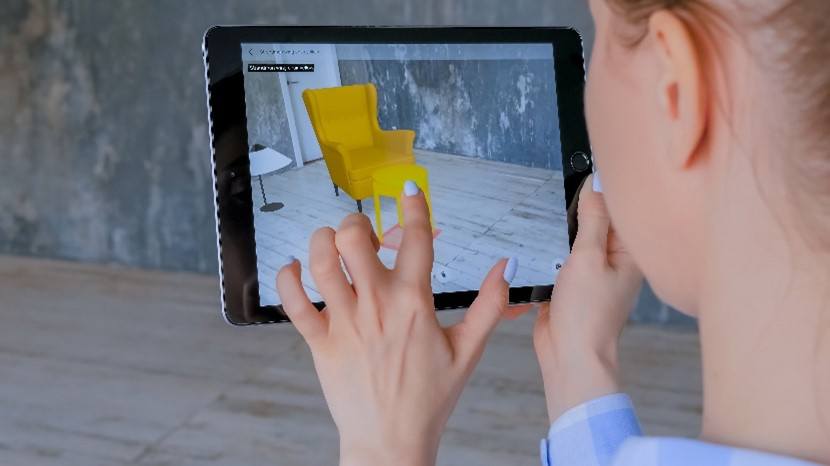
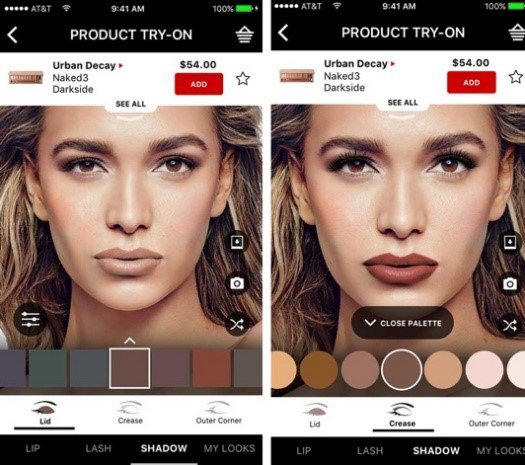
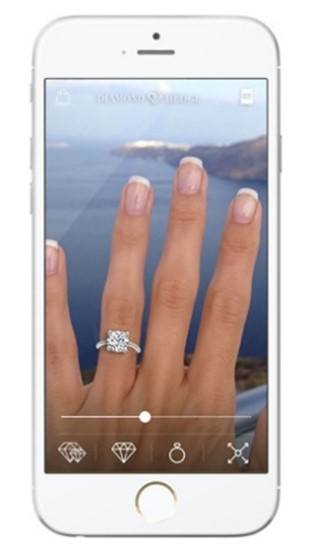
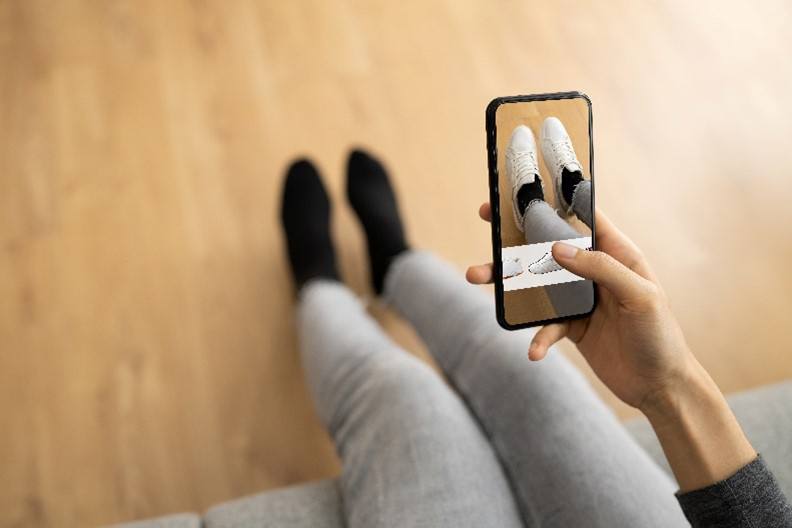

Figure 2: AR Virtual Try-on applications in retail commerce: a) Furniture b) Beauty (VRScout) c) Jewellery (Trend hunter) d) footwear e) Automotive (augmentedrealitytrends)
Implications for the future are even more exciting, as AR is driven by smarter and smarter AI engines. Better and better digital renders delivered on ever-faster data networks. Futurists even predict that AR will expand beyond visual-only capabilities to include auditory and tactile experiences before the decade is out. In another 10 years, full sensory product experiences with a combination of AR – sophisticated sprays, fragrance dispensers, taste strips, etc., will almost certainly make an appearance in some commercial manner.
Digital Packaging
Packaging is the last opportunity for a retailer to engage with a customer at the point of sale and beyond till the packaging is discarded. As a result, retailers use some of their most imaginative, creative activation ideas in packaging. Using them as platforms for information or marketing campaigns to really creative ideas like repurposing the packaging into long-lived useful objects. With branding conveniently visible. Every step of the packaging value chain, including Artwork design, Materials, Structural Design, and Printing, and manufacturing. These are major industries worth hundreds of billions of dollars every year. With the rise of digital channels, packaging underwent a quiet revolution. Today, “smart packaging” is AR-enabled, launching information, games, competitions, feedback onto the user’s devices.

Figure 3: Packaging brought to life with AR
Subtle improvements to AR technology are improving engagement even further. Instead of an obvious marker to launch a standard screen to play content like a video or 3D animation. Imagine seeing the label “come alive” on your screen with the exact same form factor as the real label- now that’s worth a second look! That second look can be incredibly valuable to retailers. Therefore that opportunity to convey powerful brand stories, engaging entertainment, additional nutritional or sustainability-related information, messages from influencers, etc.
Gamification
Gamification, i.e., incorporating the most appealing parts of gameplay- completing challenges. Earning prestige and rewards, etc., to create engagement to achieve other goals like education or product marketing has become a hugely important strategy in recent years. It is wonderfully suitable for digital marketing, and by extension, to AR environments. With its inherent ability to create enrichment by adding a digital layer of information on top of surroundings. AR-based gamified environments are really something.
Want proof? Think back to what you remember most when you think of AR itself. For most people, it would be the success of a game called Pokémon Go that had everyone walking around distracted “catching” Pokémon in their real-world lives. AR games can create engagements for practically any purpose, from getting users to browse a product catalog fully to engaging users in “treasure hunts” of content to build top of mind recall. This field is sure to grow into a full-fledged marketing channel. That should be on every retailer’s mind when it comes to sharing of wallet for marketing budgets.
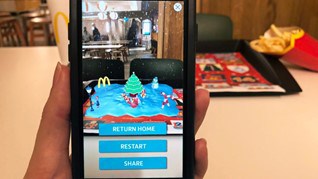
Figure 4: AR is the perfect environment for Gamification
Conclusion
Digital marketing and retail upended a thousand years (or more) of traditional advertising, marketing, and retail strategy. AR is a quantum leap up from present digital experiences. As AR technologies become more accessible, they will play ever-larger roles in brand activations. As useful as AR is, it does have a learning curve to use effectively. Therefore, a sure-fire way to create fast go-to-market AR experiences that deliver tangible improvements in marketing usually involves AR experts like Manipal Digital Systems, which have extensive experience in designing and deploying virtual trial apps. Gamification strategies for education and marketing, and experience working with packaging. In addition to being a digital applications powerhouse. Manipal Digital Systems happens to be one of the world’s largest commercial printers and packaging manufacturers, and is consequently the vendor of choice for some of the world’s biggest brands that need a seamless omnichannel marketing experience.
